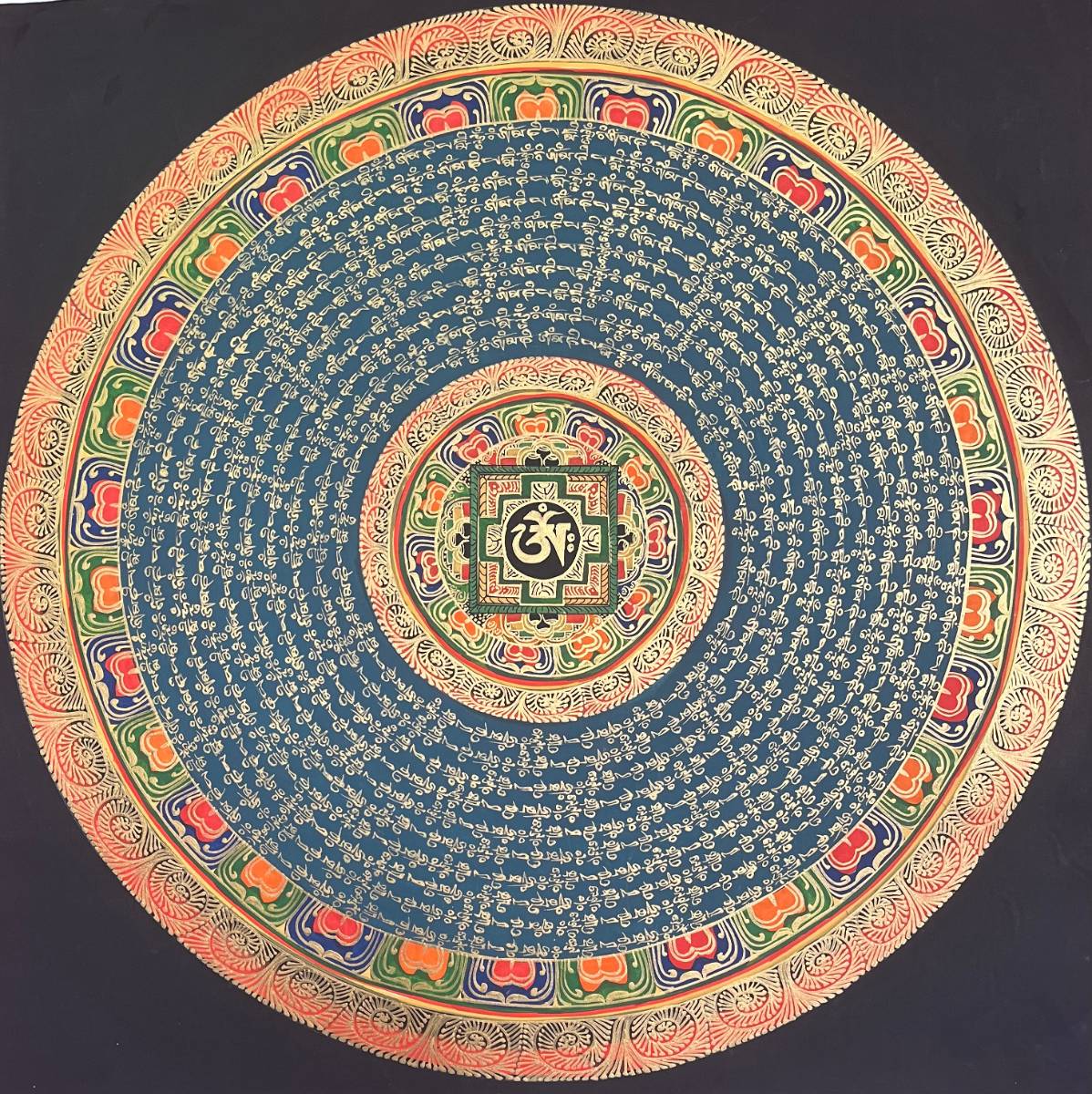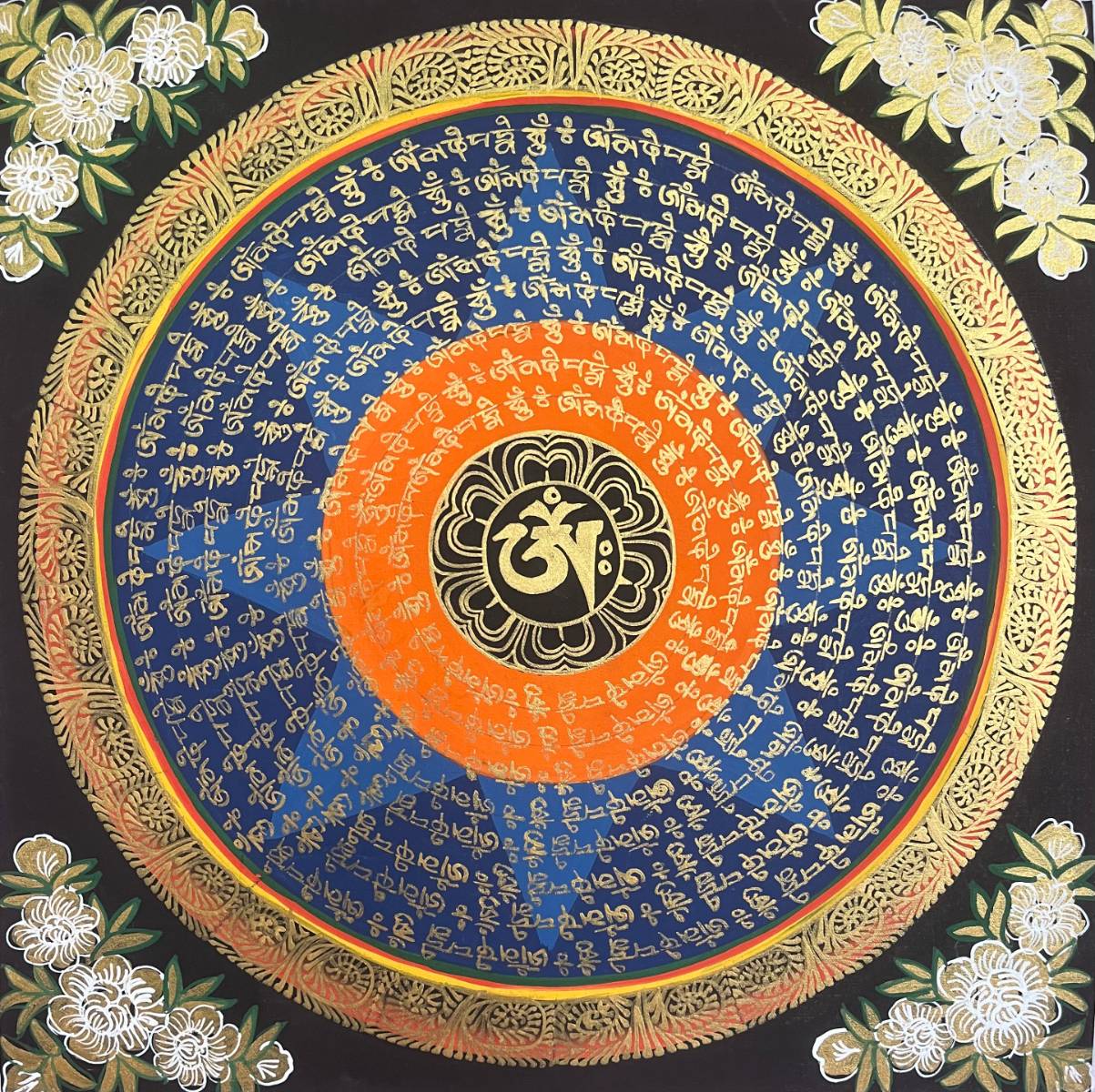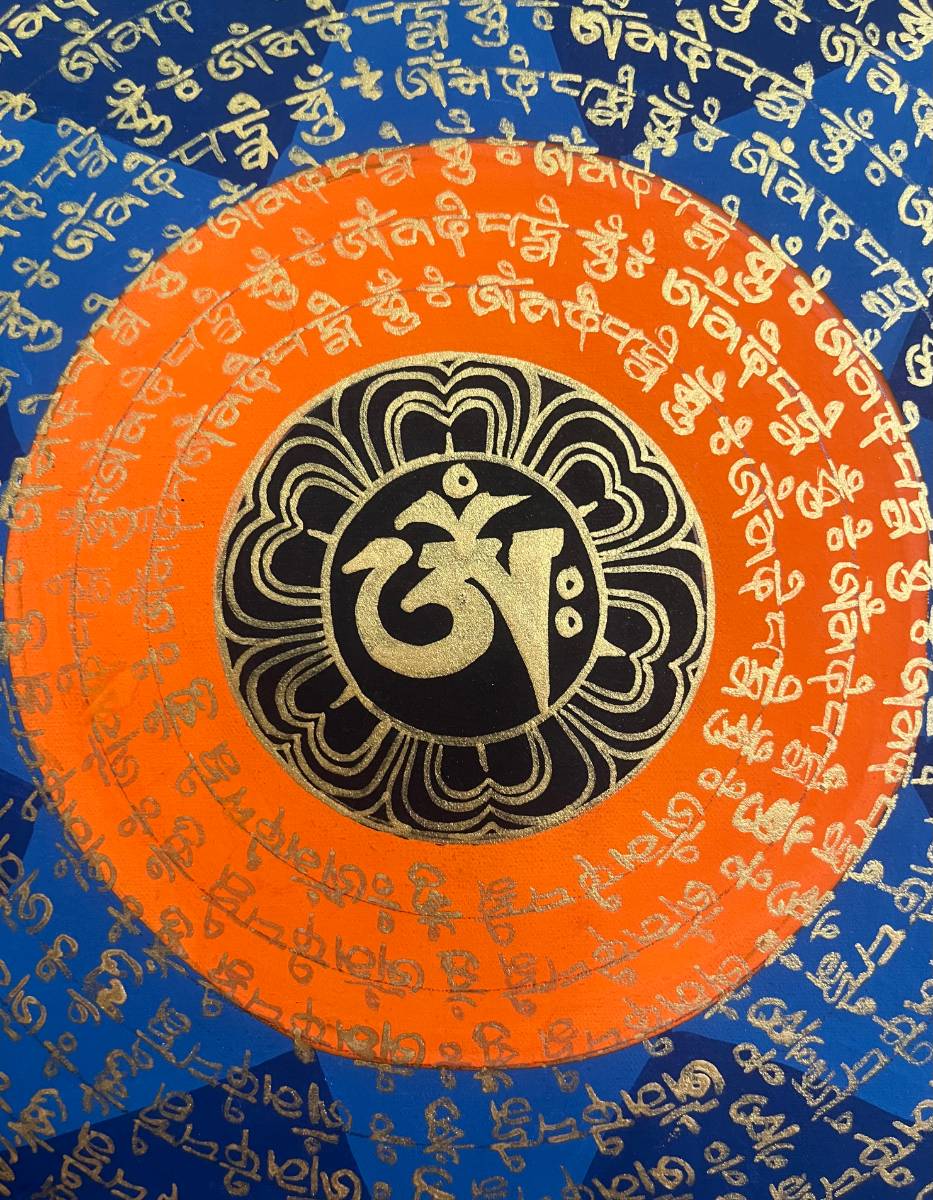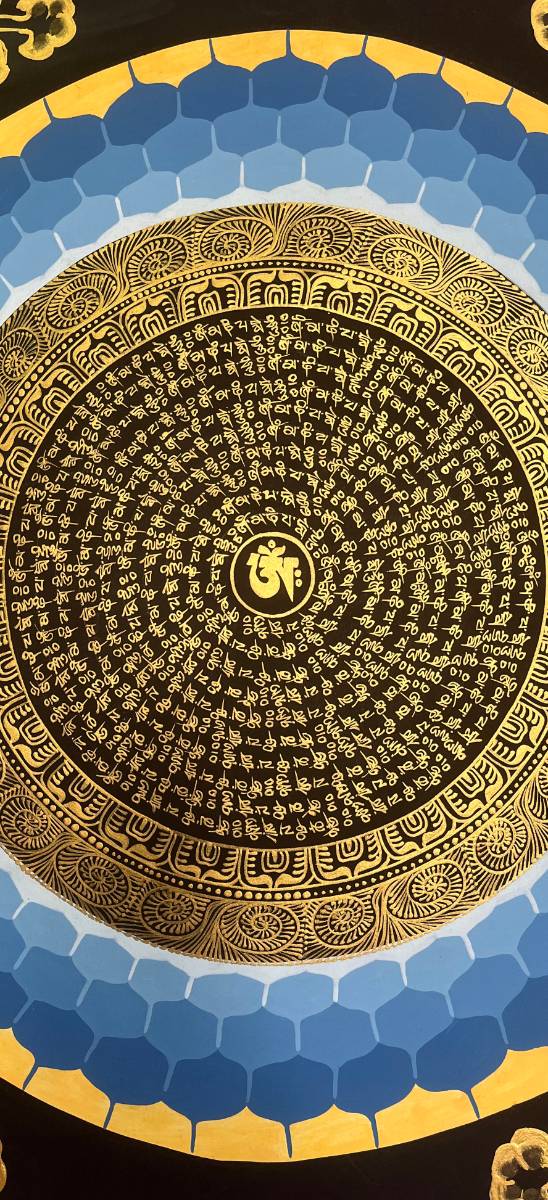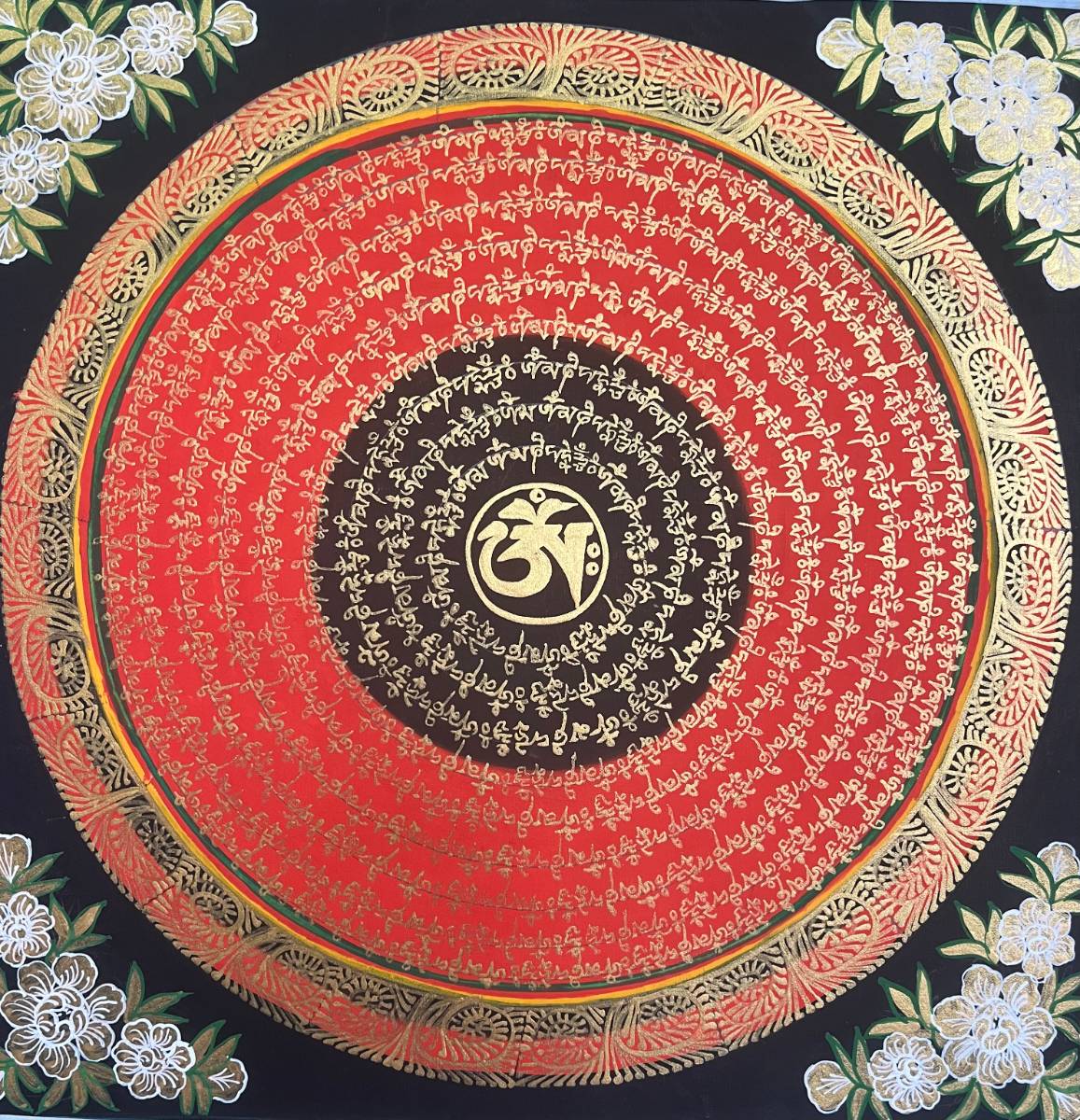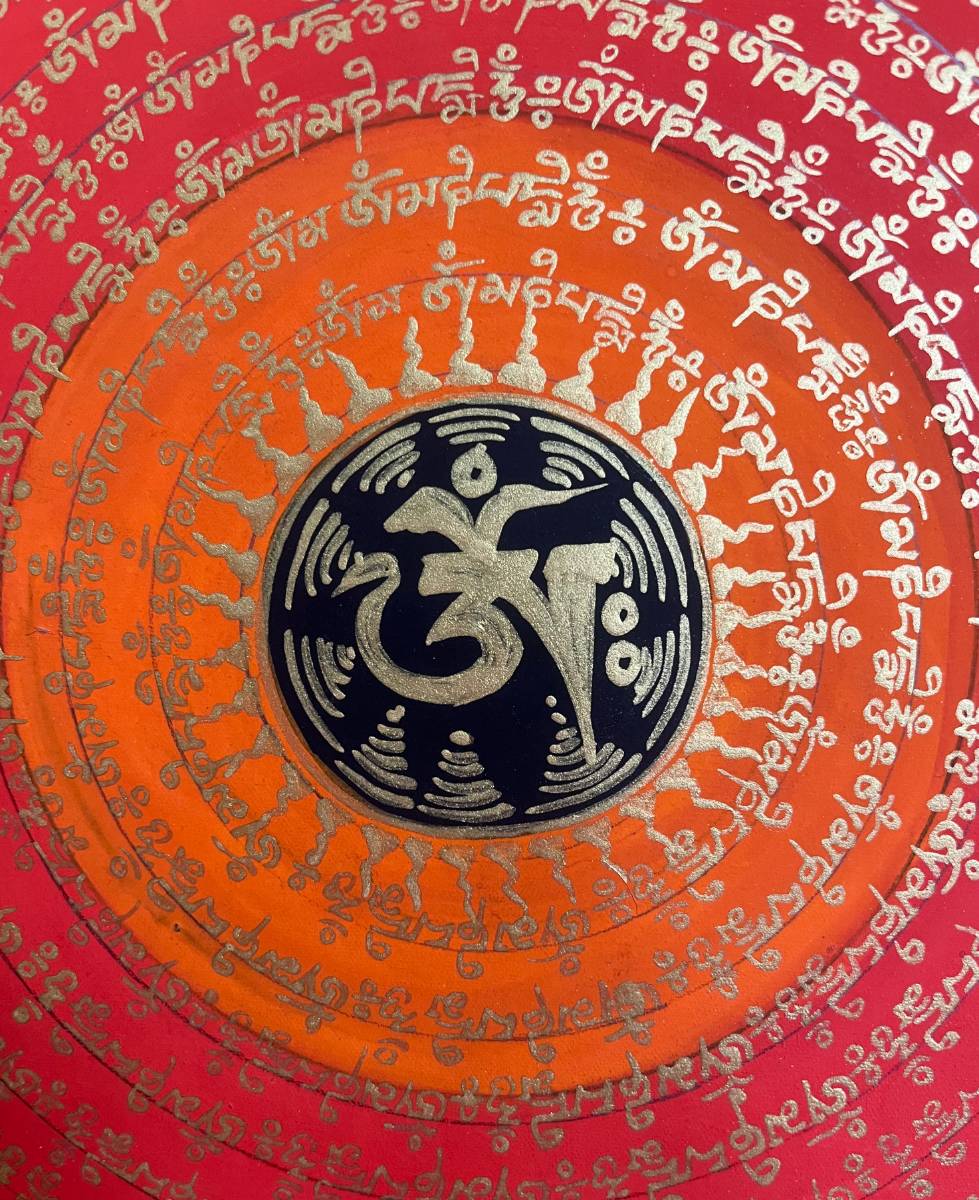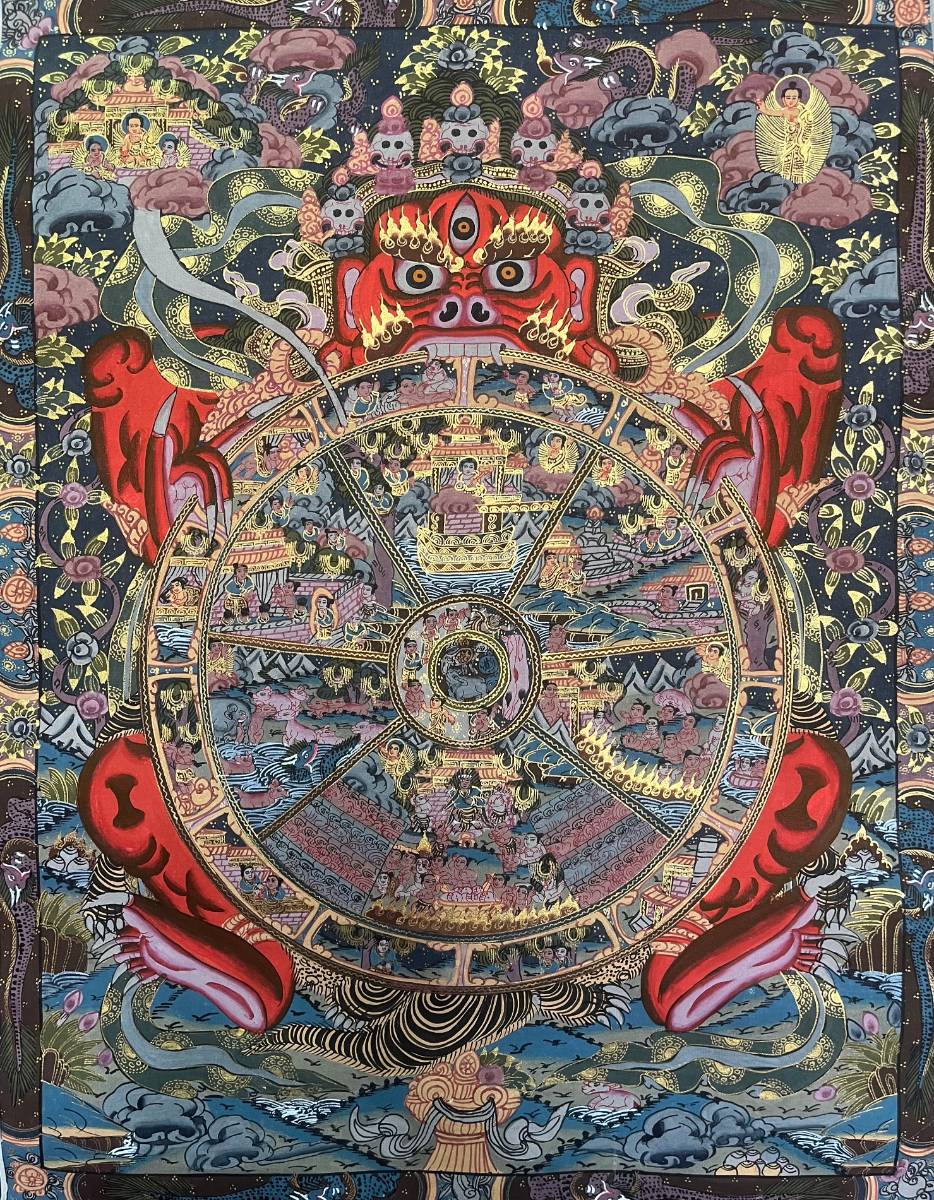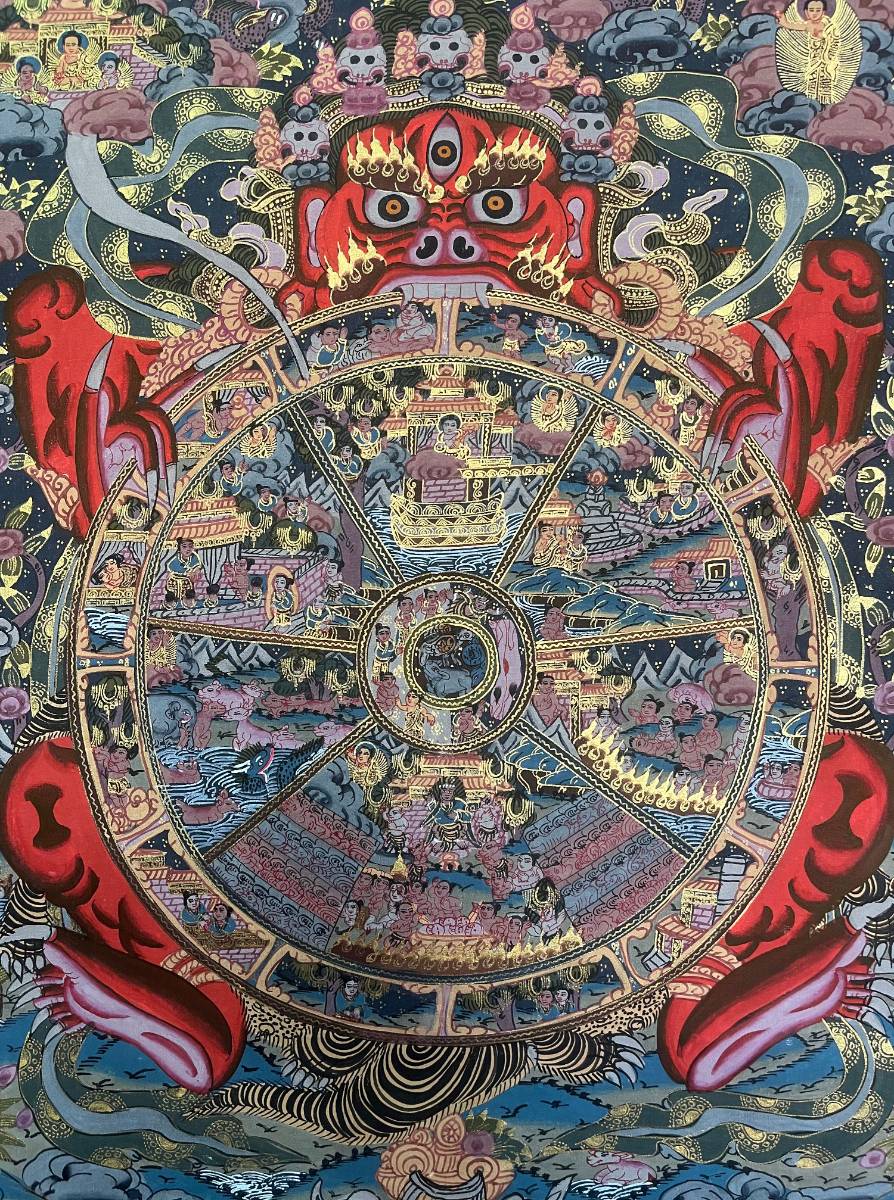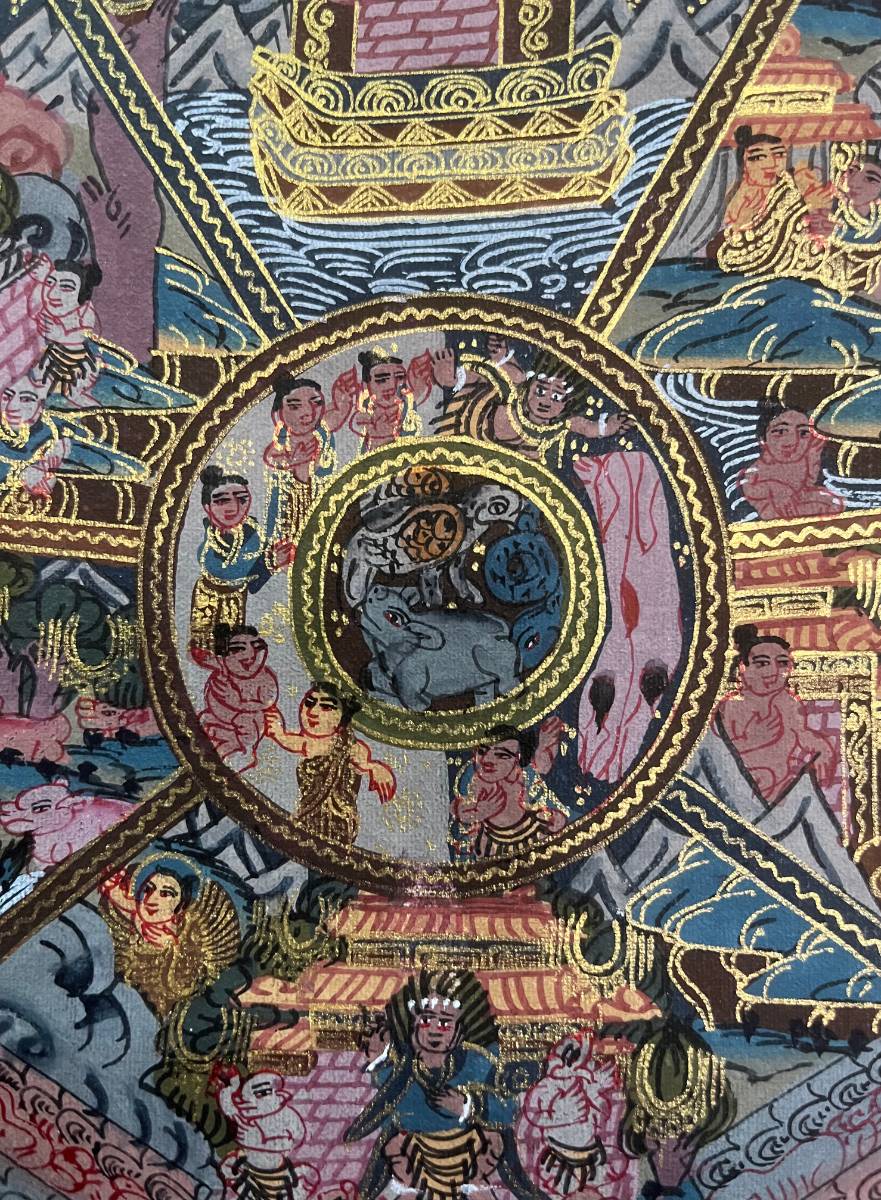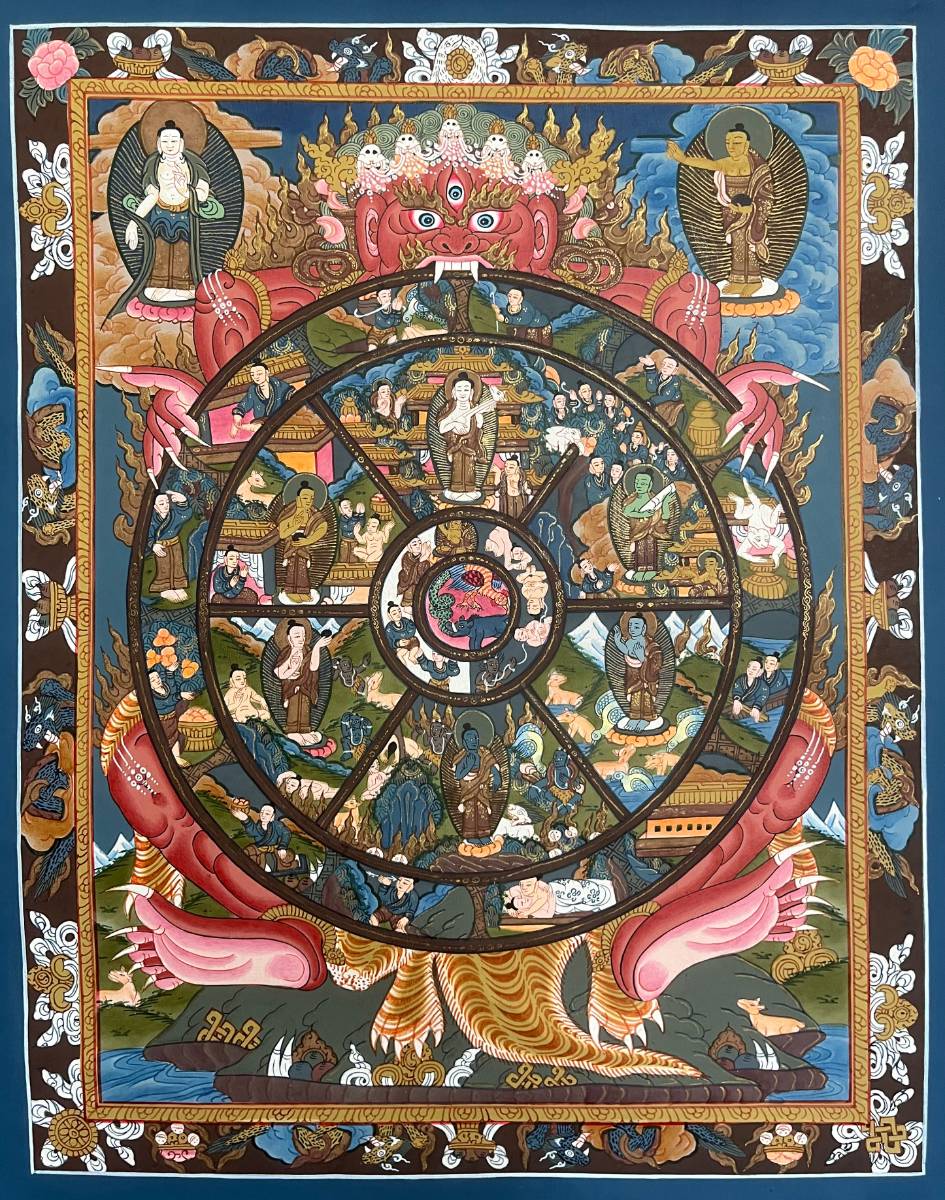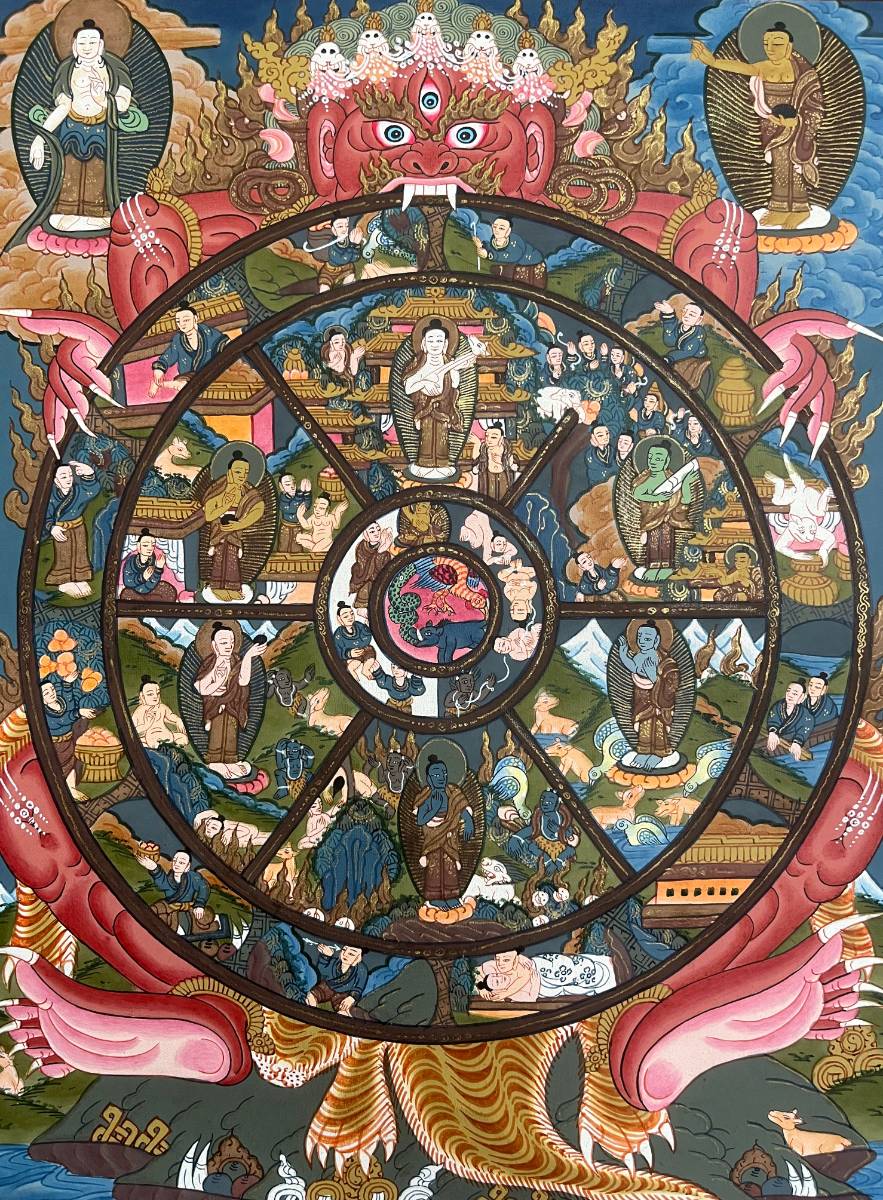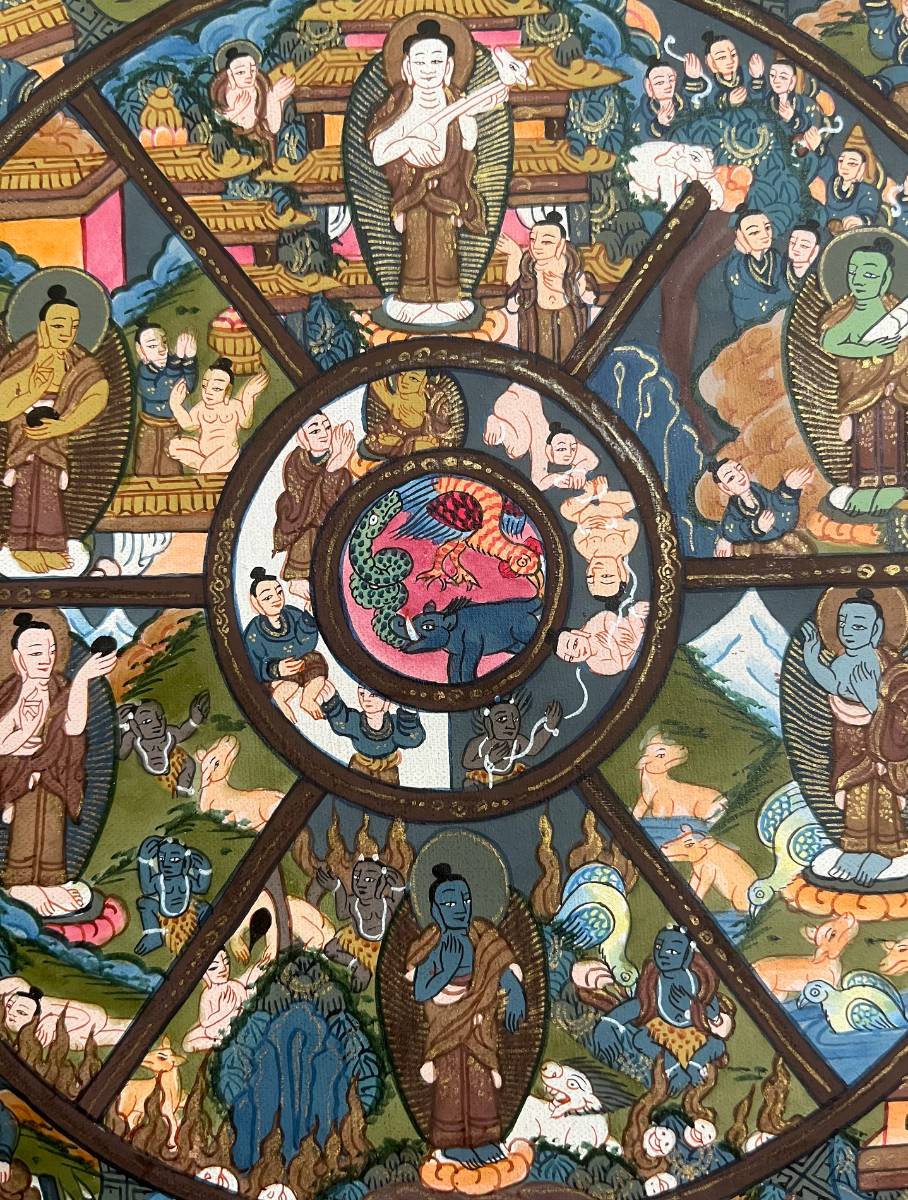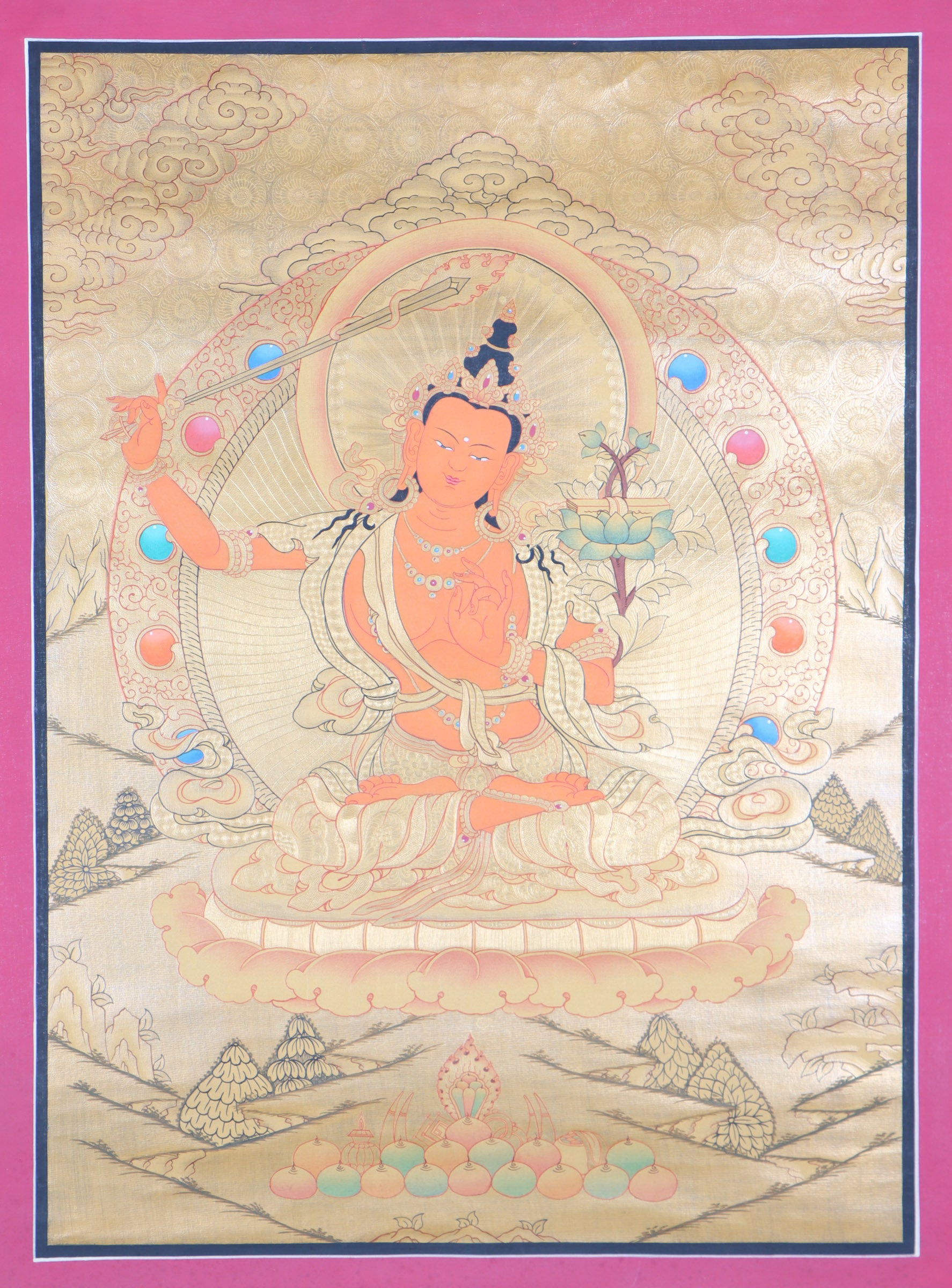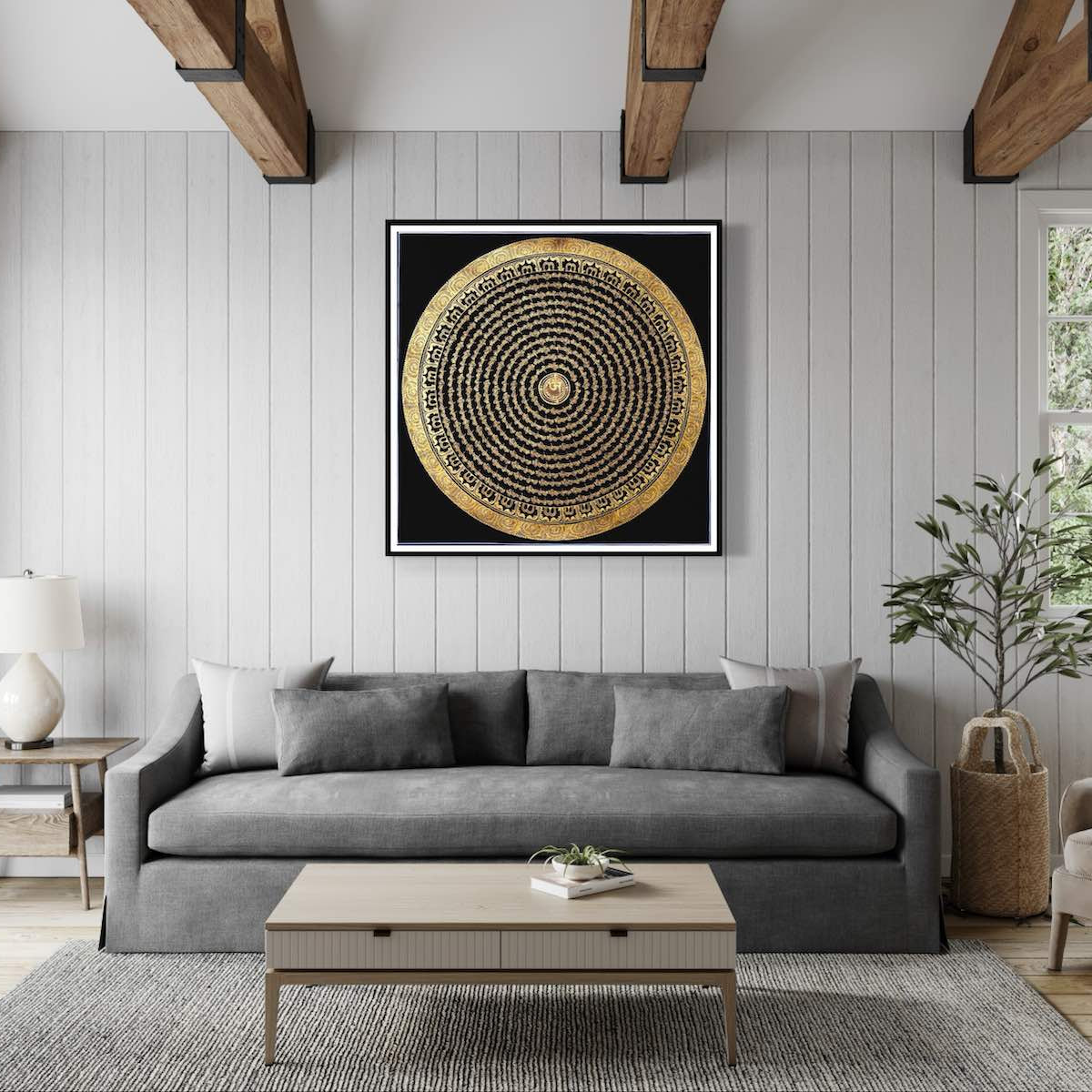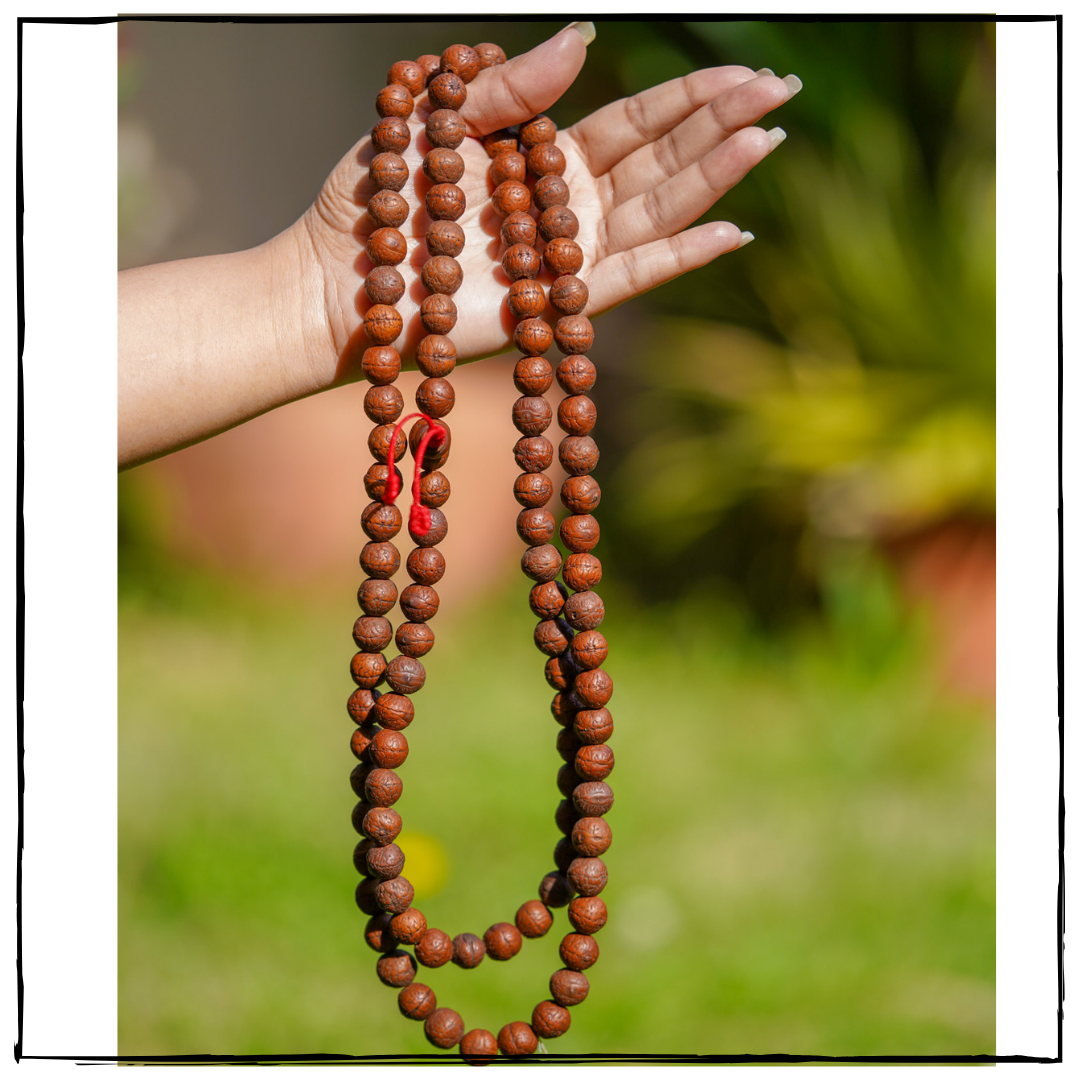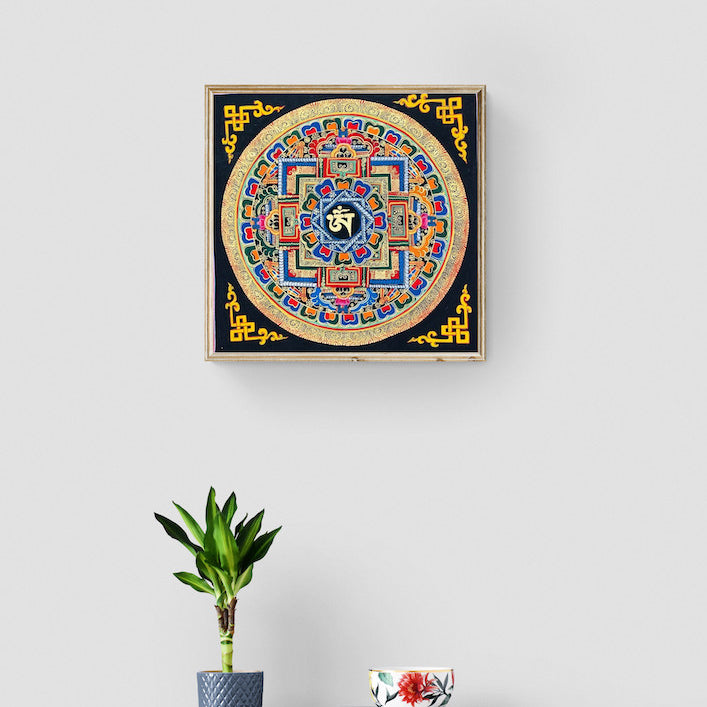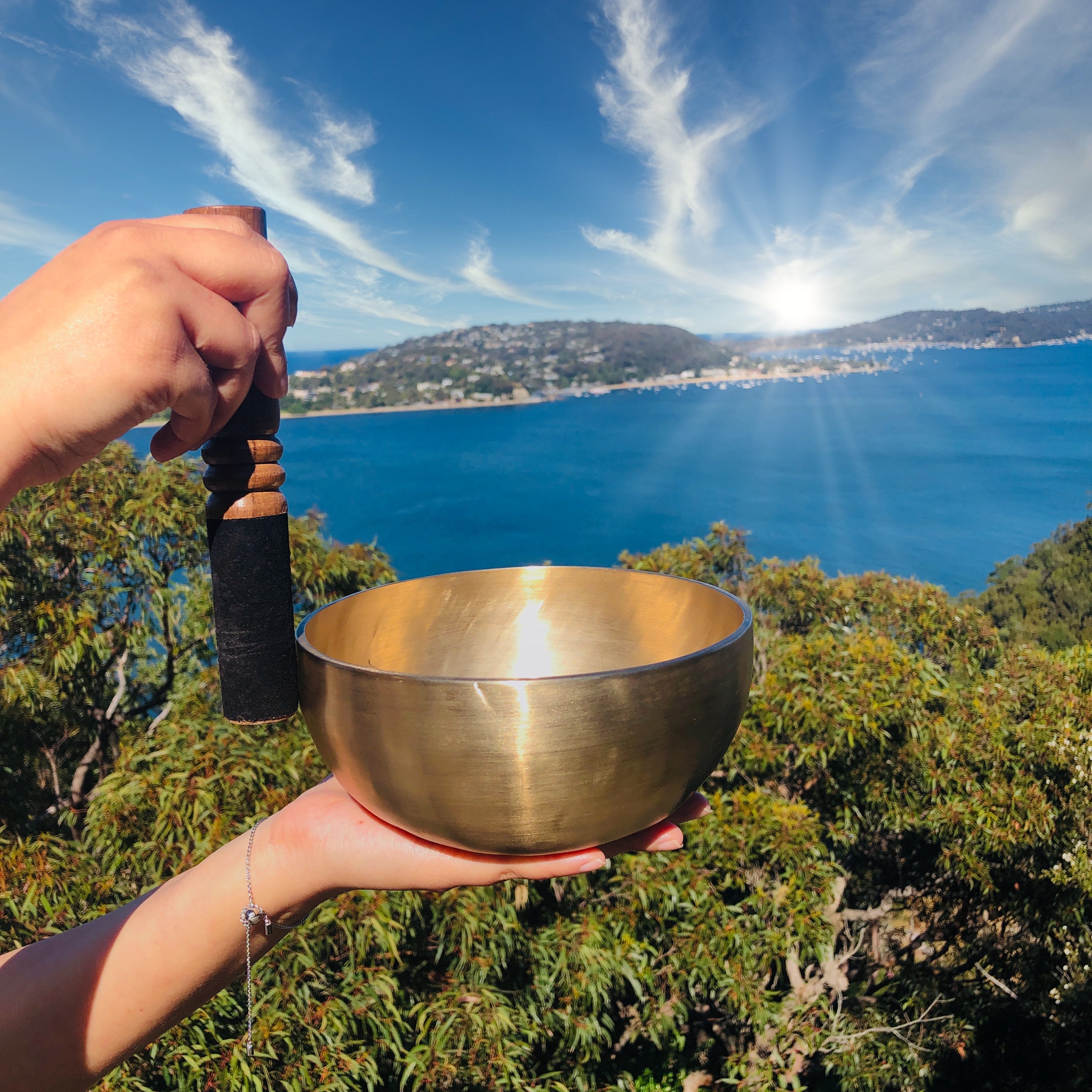Manjushri Thangka Painting- Gold Art
Couldn't load pickup availability
Description
Thangkas are intricate, symbolic paintings that often portray sacred or spiritual figures. Crafted on fabric, these pieces of artwork serve as visual aids for meditation and help practitioners to gain a greater understanding of Buddhist teachings. Thangkas stand out for their meticulous detail and vibrant colors, as well as their intricate symbolism.
Manjushri Thangka Painting is an ornate, traditional Tibetan scroll painting depicting the bodhisattva of wisdom, Manjushri. This pieces are integral to Buddhist ceremonies, offering a visual aid for meditation, study, and other religious practices. The figure of Manjushri is represented as a young person carrying a sword and book; the sword symbolizes the eradication of ignorance and the book symbolizes knowledge. Manjushri is depicted sitting in a contemplative pose on a lotus seat with a shimmering halo surrounding him. His right hand holds a sword, denoting his insightfulness in dispelling confusion and lack of knowledge. His left hand holds a book or scroll, symbolizing his intelligence. Furthermore, paintings of Manjushri are often enhanced with symbolic objects like lotus flowers, divine emissaries, and an elegant backdrop, which all signify Manjushri's capacities and teachings.
Product Specification:
- Hand Painted
- Materials: Semi-Precious Natural Minerals
- Base: Cotton Canvas
- Origination: Nepal

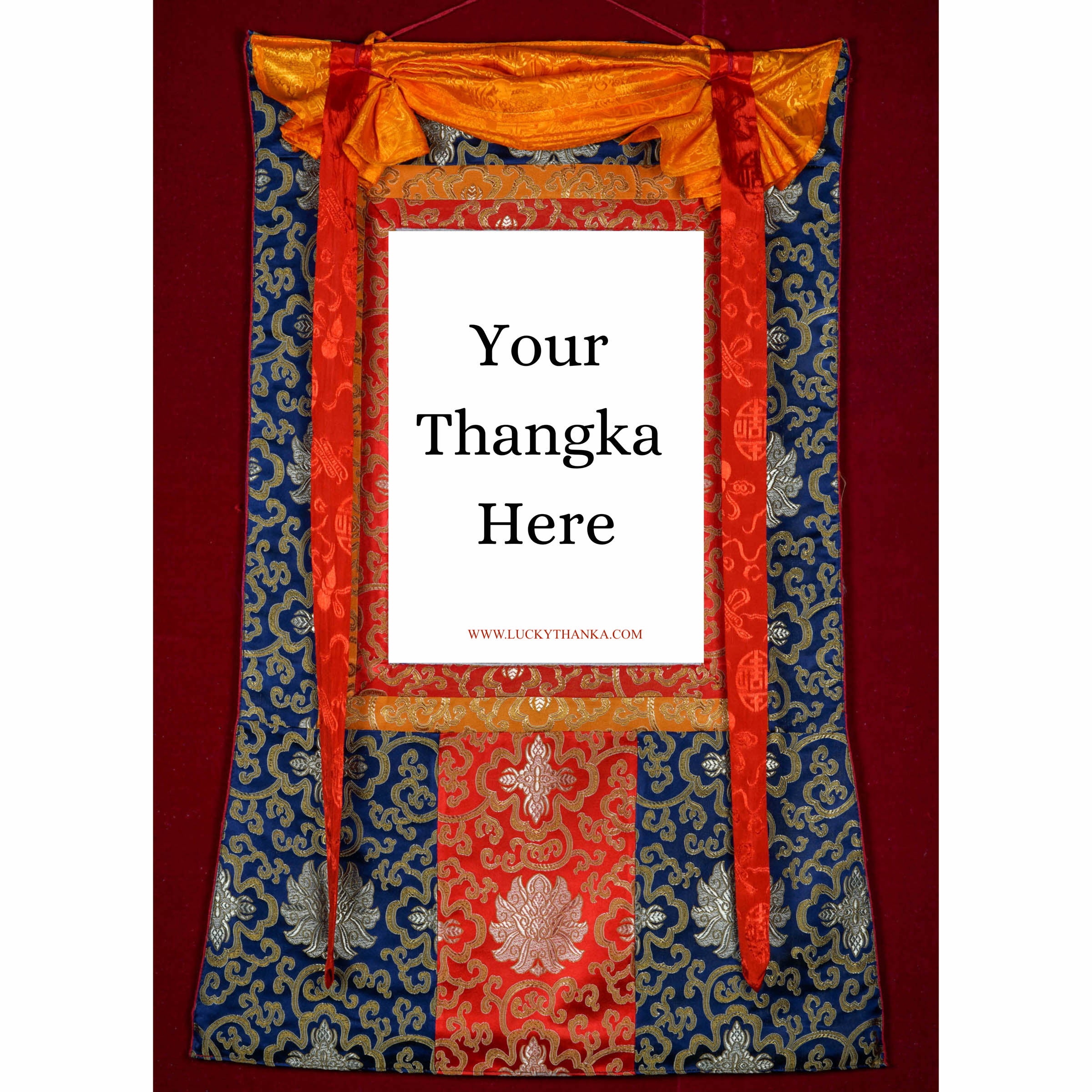
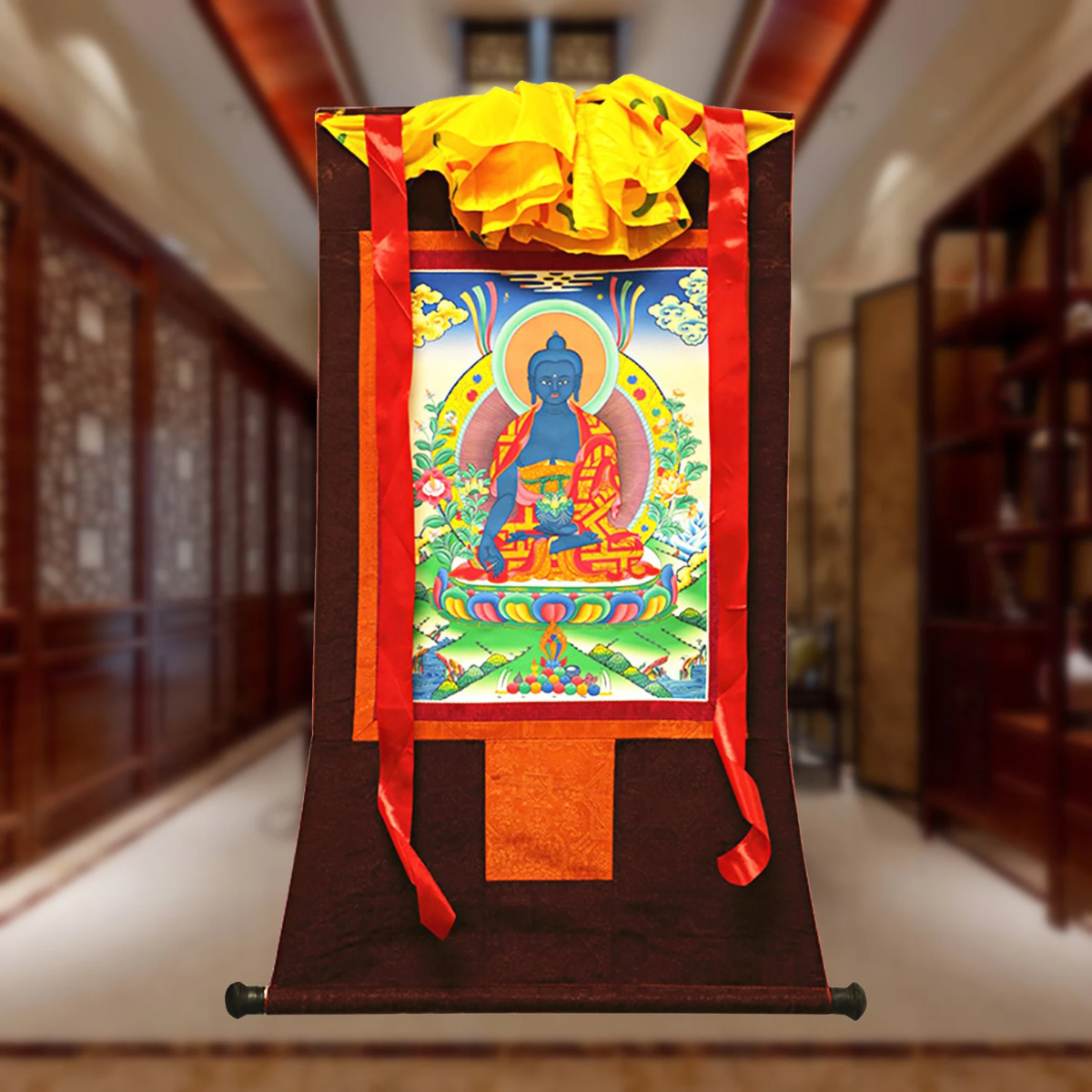
Hand Embroidery Brocade
Want to add a Brocade to your beautiful Thangka Painting? Traditional Style Brocade has been one of the most popular form of mounting as it has a greater religious merit.
Note: Make sure you have added the Thangka to your cart first.
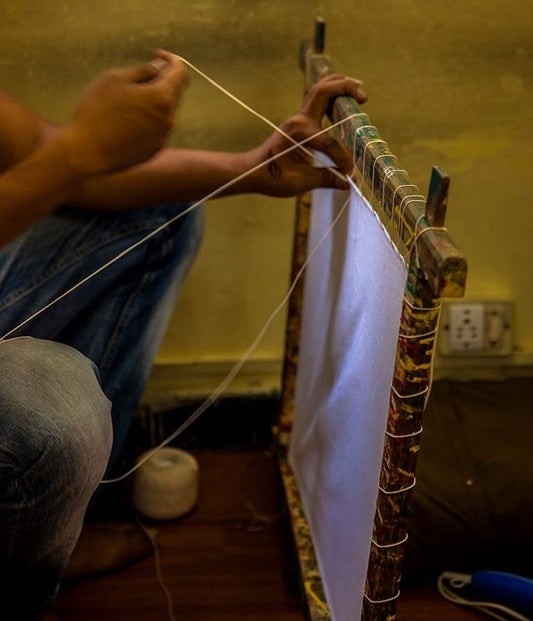
100% Cotton Canvas
Preparing the Cotton canvas before starting to paint a Thangka. This process includes washing, drying, stretching, sizing and everything needed to make a perfect base for the thangka to last for centuries.
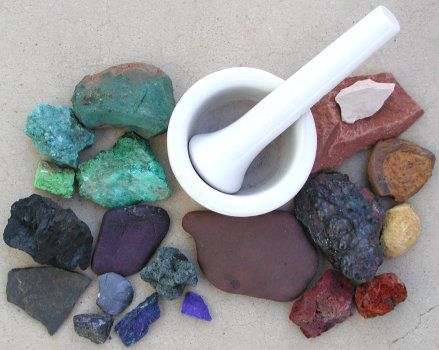
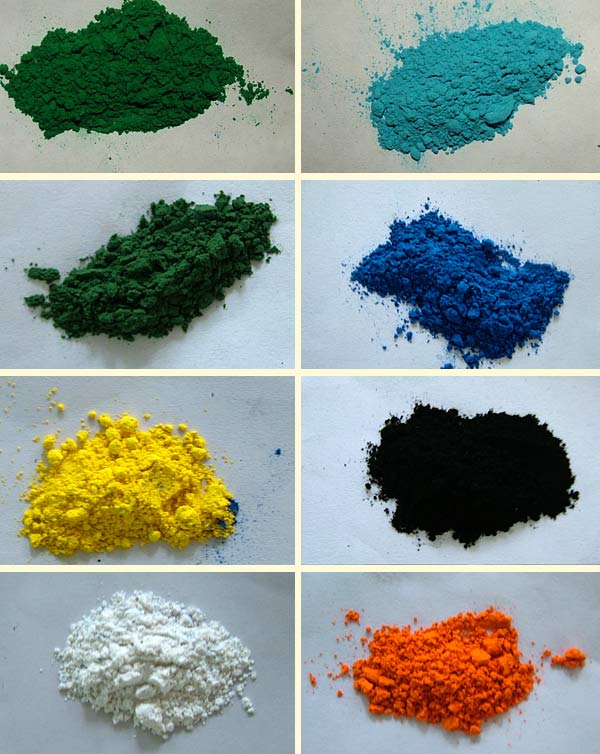
Natural Minerals
Thangka Paintings are painted using the natural minerals. These are firstly grind into the powder form and then used in the thangka as a paint.




